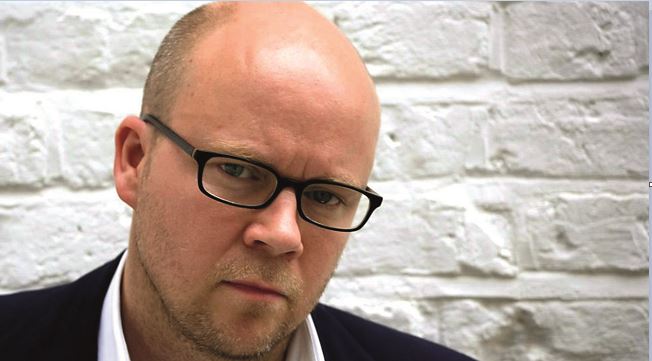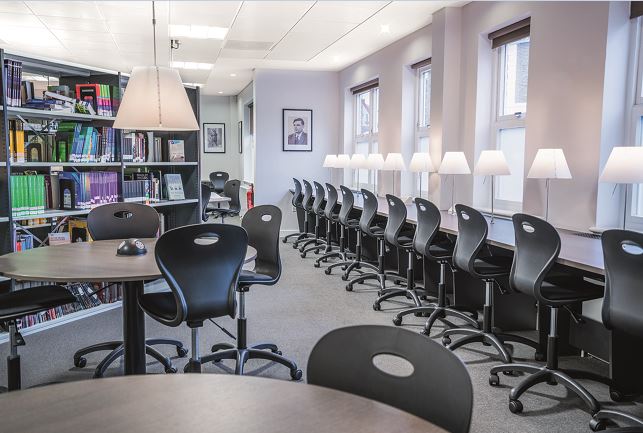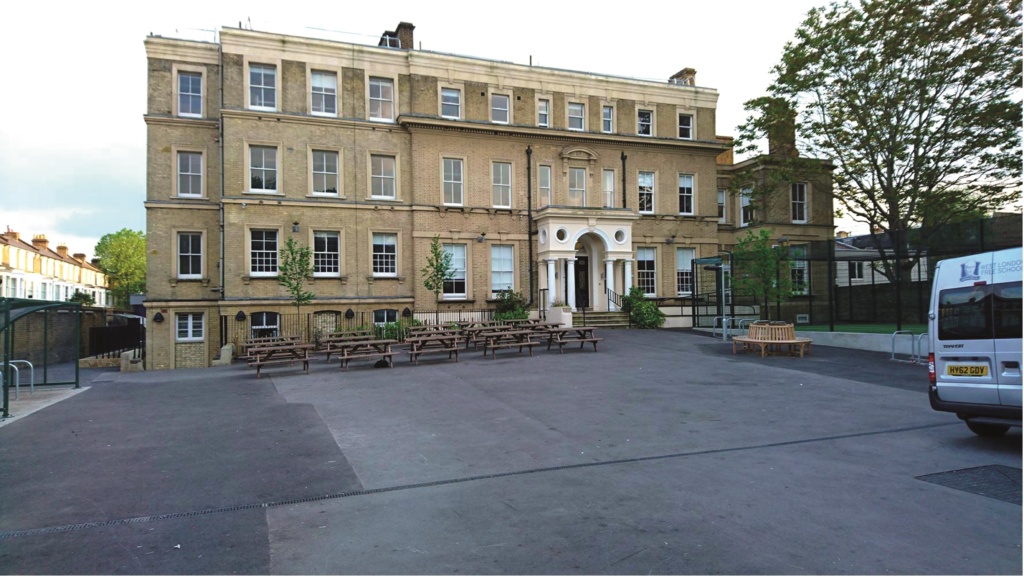
One of the first things that struck me, on meeting Toby Young, was, despite the fact that students at West London Free School, the secondary school he co-founded in 2011, are required to sit still, sit upright, in rows and facing the front in lessons, he jumped to his feet immediately I’d finished asking my first question, never returning to his seat during the whole of the next hour he paced from one side of the room to the next as we discussed the contrast between the approach at WLFS and pretty well all others we feature in the magazine. The second was, despite his father, social reformer Lord Michael Young, putting his own attendance at the progressive Dartington Hall School down to stimulating his imagination and contributing to him becoming the radical free-thinker who would go on to co-author the Plowden Report in 1967 (that promoted a child-centred approach to primary education) and inspire the establishment of the Open University in 1969, Young felt that the school’s closure, in 1987 was proof that, as a philosophy, it was wrong, and has wholeheartedly eschewed most, if not all so-called progressive approaches to education ever since. He now feels that a return to a traditional curriculum delivered in a traditional way is the only sensible way forward. The reason lies in evidence, or the lack of it, supporting what the refers to as the romantic: holistic, pupil-centric, project-based and any number of other progressive approaches, whereas a significant body of compelling evidence exists to support the direct instruction of a classical liberal education.

His cites Project Follow Through, started in 1967 and which ran for 28 years, the study, which was funded by the US Federal Government it remains the largest investigation into educational practices in the world at a cost estimated to be $500 million. And (almost as if it was an intentional, further dig at the education profession) it was a former advertising executive, Zig Engelmann who is credited with putting together the Direct Instruction model, whereas all other models tested had been devised by educationalists. According to the data collected during the study, Direct Instruction outstripped all the other pedagogical models, giving credence to Young’s insistence that this model of education remained correct for the delivery of the classical liberal education put forward by E D Hirsch and which has been adopted by the trustees of the school (it is the school’s Headteacher to whom responsibility for how the curriculum is delivered is delegated – the trust merely dictates the curriculum model). And whilst accepting that “If evidence came to light that children learnt better in a non-traditional teaching environment, then I might reconsider” it was clear that he felt that it was unlikely that such evidence either currently exists or would be forthcoming in the near future.
Underlining this scepticism, he went on: “All other studies purporting to show that other teaching methods are more effective than direct instruction aren’t as large, or as well funded, or have been conducted across the same space of time as Project Follow Through”, so I’m not convinced by any subsequent studies. I’m convinced by Project Follow Through.”
And if it wasn’t clear then that it was the size of the study that made it so convincing, it did when I mentioned Dr Dieter Breithecker’s 5-year study linking physical movement to cognitive skills: Young’s only question was how many children had been involved in it. It was the same argument that came to the fore when we talked about environments too: “there isn’t any evidence, or at least whatever evidence there is, is very threadbare, that a beautiful space has any impact on attainment.”

It is impossible not to question whether Young’s current educational philosophy is, at least in part, informed too by his own experience at school – at Creighton in North London and then KEVICS in Totnes, South Devon before attending Sixth Form at William Ellis School back in North London where he turned round his previous academic disasters – (he left KEVICS with just one O’level), before earning himself a place at Oxford. Whilst on one level he accepts this, he certainly hopes he can stand back from it and remain objective. It was at Creighton that Young spent most of his time and is most critical of, where the Headteacher was wife of the eminent left-wing politician, Roy Hattersley. Molly Hattersley had introduced significant changes at Creighton as it sought to integrate the large number of refugees who had started to become part of the community in North London during the 1970s. The school was the subject of an article for The Sunday Times in 1975 by writer Hunter Davies “praising it” “showing the world the future of comprehensive education” and which was ultimately expanded into the book The Creighton Report. But this approach clearly did not suit Young: “I certainly responded better to a more traditional education.” he said, before continuing, “I do want for my own children the kind of education I had at William Ellis and not the type of education I had at Creighton or KEVICS”